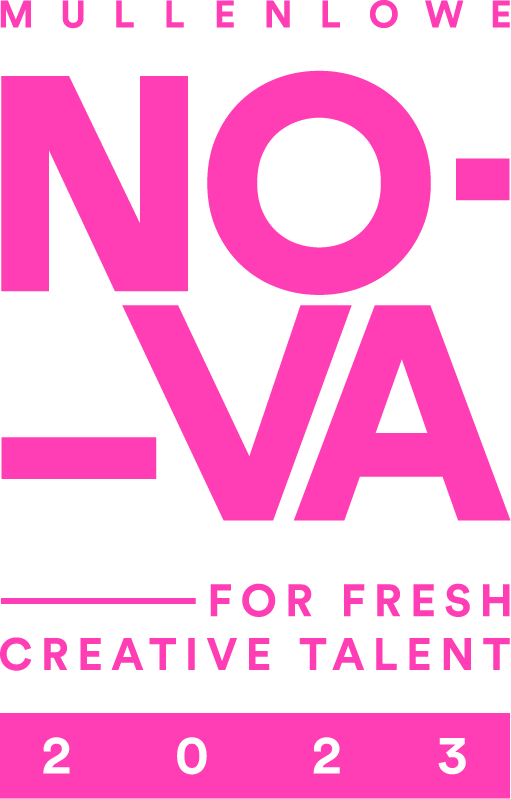Reality, Augmented Through Art

We’ve reached the point with augmented reality where it’s lost a lot of its gimmicky novelty appeal. Everyone played Pokémon Go in 2016 and suddenly we all got AR. Then filters on Snapchat and Instagram started getting exciting and we all instinctively understood how to use it.
Once the preserve of brands and organisations with access to technology bods, now AR is a creative tool that’s allowing anyone with the inclination to defy the limitations of our physical world. Tools like Instagram’s Spark AR platform and Snap’s Lens Studio have put this tech in the hands of the public. More excitingly, some of that public are artists. With the age of branded AR gimmickry behind us, pure creativity in the medium is available to people with something universal and important to say.
In the last year, artists as renowned as Olafur Eliason and KAWS have experimented with AR. Even MoMA’s got involved. To find out what’s most exciting in the AR-art space right now, LBB’s Alex Reeves asked a selection of techie and arty people from the ad industry to share their favourite works.
Hannah Hayes-Westall
Co-publisher of contemporary art titles fadmagazine.co.uk and the no-news newspaper Art of Conversation
Strategy director at MullenLowe London
Contemporary artists would, should they bother to think of it, likely express some disagreement with Marshall McLuhan’s idea about the medium being the message. Artists, particularly those in the febrile early years of their career when they are defining and refining their theoretical and aesthetic vocabulary, are magpie experimentalists, often willing to try whatever will create the right resolve for their concept. It’s also the way of some more established artists – Marina Abramović’s experiments with mixed reality in her 2019 piece The Life come to mind and are of a piece with her audience-oriented practice – but for me some of the most interesting uses of technologies like this are when the tech element fades into the background, foregrounding the concept they serve.
Recently, as a judge of the MullenLowe NOVA Awards, a programme that recognises fresh creative talent from Central Saint Martins across art, design, fashion and performance, I was interested to see a number of students deploy augmented reality (AR) in their submissions. AR isn’t new – or not new new at least – but in a time when even banks are deploying the technology for WFH traders, looking at the assistance that technology gives creative thinkers and makers to express new concepts shines an interesting light on the direction of travel.
The spread of AR was, like VR, hindered by the low adoption of the specialist software and hardware required to use it. Starting with the iPhone 7 launch in 2017, mobile device technology democratised access to AR and the technology moved from the preserve of a tech elite to the wider population, with the cost of creating it falling rapidly. The cohort of Central Saint Martins students whose work was judged this year have encountered AR from artists like Olafur Eliasson and KAWS (both on the excellent Acute Art platform) brands of every flavour, museum displays – like the Art Gallery of New South Wales’ beautiful mural attached to its Japan Supernatural show of late 2019 and even restaurants like sketch with its David Shrigley immersive experience, and all during the years they transitioned from school kids into college applicants. For them then, AR is not a cutting edge medium with a message, it is another tool, a conduit for the creative resolution their artistic practice seeks.
The work of BA Fashion Design, Womenswear student Mathilde Rougier, a Runner Up at the 2020 MullenLowe NOVA Awards earlier this month, is an example of the way that emerging creatives in all disciplines create ways of working with technology that weave it seamlessly into a conceptual execution. Her project, Modular Augmented Capsule “addresses damaged data and its restoration as a form of creation. The collection’s aesthetic is based on a personal archive of garments. The archive was then recorded and manipulated digitally through photography, pixelation, 3D scans.
“The aim of the collection was to use what’s already been produced in terms of materials and inspiration to come up with new ideas, in short creating new from old, eternally.”
AR was deployed, amongst other visualisation techniques, to bring to life a concept that challenges the prevailing approach to circular manufacturing in a way that manages the essential task of fashion to create a desirable commodity.
Read the rest of the expert opinions on LBBO








